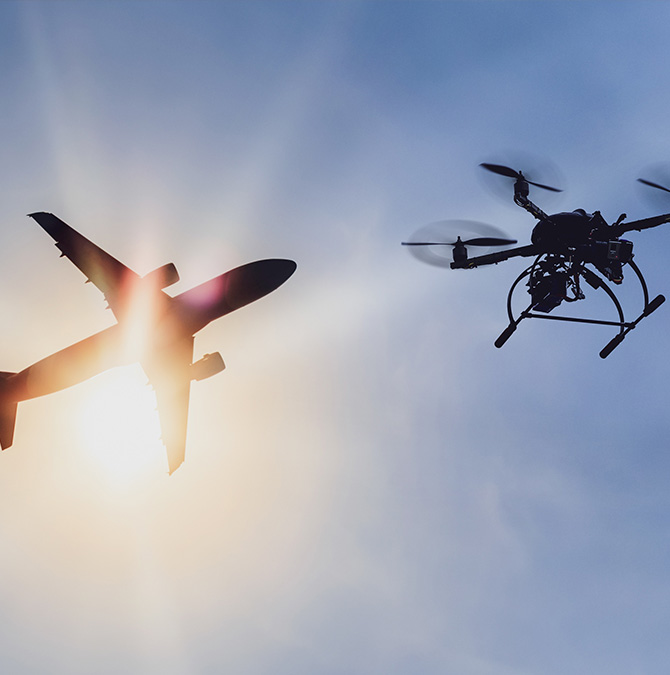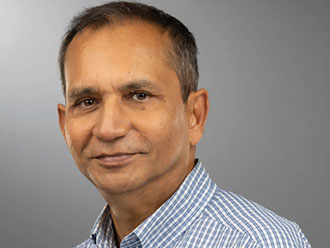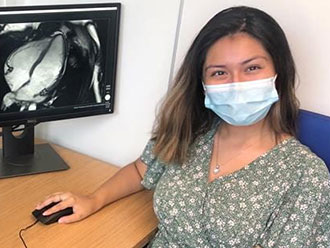As the use of unmanned aerial vehicles (UAVs) increases, so does the need for traffic control of the skies. Engineering Professor Kamesh Subbarao and Associate Professor Animesh Chakravarthy are tackling this important issue by examining how multiple factors impact air traffic in a dynamic environment like the crowded airspace over the United States.
The pair is studying how to safely operate both UAVs and piloted aerial vehicles in urban settings
With a grant from NASA, the pair is studying how to safely operate both UAVs and piloted aerial vehicles in urban settings, what to do when a UAV has an emergency, and how UAVs should be equipped to react to each other and piloted aircraft.
They will run their information through an algorithm to simulate and test their theories, using NASA data for validation. Dr. Subbarao will provide the algorithm and simulation results to NASA for further testing and research.
“There are legacy systems that don’t take into account future technology that will have to share airspace in busy urban settings,” Subbarao says. “Ultimately, this could help create routes that will give input ahead of time for the people who will design those routes for all types of aircraft.”



